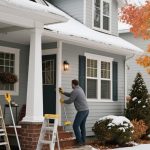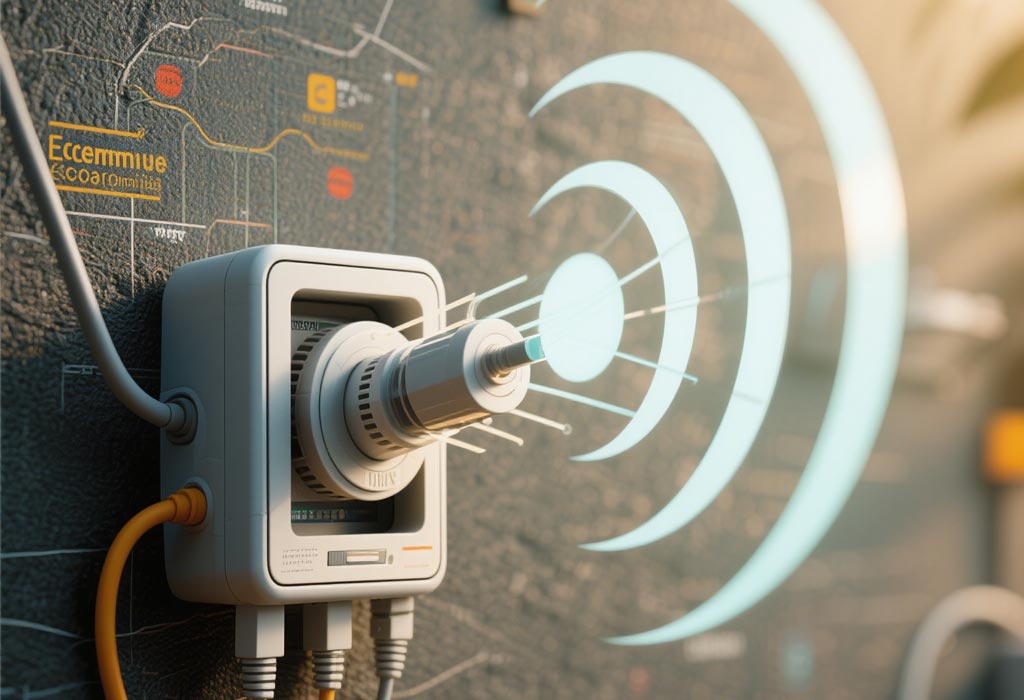With global energy costs soaring and climate change accelerating, homeowners are seeking ways to slash utility bills without sacrificing comfort. This in-depth guide explores proven upgrades—from $20 DIY fixes to six-figure renewable energy systems—that pay for themselves over time while shrinking your environmental footprint.
1. The Urgency of Energy Efficiency
The average U.S. household spends 2,060annuallyonenergybills,withheating/coolingaccountingfor512,060annuallyonenergybills,withheating/coolingaccountingfor513,200 annually), making efficiency improvements more accessible than ever.
2. Low-Cost Upgrades with Immediate Payback
A. Lighting Revolution: LEDs vs. Incandescents
- Cost: Swap 10 traditional bulbs for LEDs ($50 total).
- Savings: LEDs use 75% less energy and last 25x longer.
- Smart integration: Pair with motion sensors ($15/unit) to cut usage by 30%.
Pro Tip: Choose 2700K–3000K color temperature for warm, incandescent-like ambiance.
B. Weatherization: Plugging the Leaks
A poorly sealed home wastes 25–40% of conditioned air. Target these areas:
- Weatherstripping: Apply self-adhesive foam tape ($8/roll) to doors/windows.
- Outlet insulation: Install pre-cut foam gaskets ($0.50 each) behind switch plates.
- Attic access: Seal gaps around pull-down stairs with expanding spray foam ($10/can).
Case Study: A Michigan homeowner reduced winter heating costs by 18% with $120 in sealing materials.
3. Mid-Range Investments: Balancing Cost and Impact
A. Smart Thermostats: The Brain of Your HVAC
| Model | Key Features | IRA Credit Eligible? |
|---|---|---|
| Nest Learning | Auto-schedule, occupancy sensing | Yes (up to $300) |
| Ecobee Premium | Room sensors, air quality monitor | Yes |
| Honeywell T9 | Budget-friendly, geofencing | No |
- Installation: DIY-friendly; requires C-wire (add a $25 adapter if missing).
- Savings: EPA estimates 8% annual savings on heating/cooling.
B. Energy Star Appliances: Decoding the Labels
The Energy Star certification guarantees:
- Refrigerators: 15% more efficient than federal standards.
- Washers: 25% less energy + 40% less water per load.
- Dishwashers: Sensor technology cuts cycles by 30 minutes.
Warning: “Energy Guide” yellow labels show estimated yearly costs—compare models within size categories.
4. High-Impact Renovations for Long-Term Savings
A. Solar Panels: Crunching the Numbers
- System cost: 15,000–15,000–25,000 for a 6kW system (pre-IRA credit).
- Payback period: 8–12 years (30% federal tax credit + state incentives).
- Production: 1kW generates 1,500 kWh/year in sunny states (e.g., AZ) vs. 1,200 kWh in cloudy regions (e.g., WA).
Innovation Alert: Bifacial panels (capturing light from both sides) boost output by 11% (NREL, 2022).
B. Geothermal Heat Pumps: Tapping Earth’s Constant Temperature
- How it works: Buried loops exchange heat with ground (45–75°F year-round).
- Cost: 20,000–20,000–30,000 (IRA covers 30%).
- Efficiency: 400–600% (vs. 95% for gas furnaces).
Best for: Cold climates with high heating demands.
5. Behavioral Tweaks: Free Ways to Slash Usage
A. Thermostat Discipline
- Winter: 68°F when awake, 62°F asleep.
- Summer: 78°F when home, 85°F away.
Stat: Each 1°F adjustment saves 1% on bills (DOE).
B. Phantom Load Elimination
“Vampire” devices (TVs, chargers, game consoles) drain 5–10% of household energy. Solutions:
- Smart power strips: Cut power to peripherals when main device is off ($25).
- Unplug rarely used items: Printers, coffee makers, guest room electronics.
6. Real-World Success: A 1990s Home’s 12-Month Transformation
Location: Columbus, OH | Square footage: 2,100 | Pre-upgrade bills: $2,800/year
| Upgrade | Cost | Annual Savings |
|---|---|---|
| Attic insulation (R-38) | $1,200 | $310 |
| HVAC zoning system | $3,500 | $440 |
| Solar water heater | $4,000 | $270 |
| Total | $8,700 | $1,420 |
ROI: 6.1 years (factoring in $1,750 IRA rebates).
7. Navigating Incentives and Financing
- Database of State Incentives (DSIRE): Updated list of local rebates.
- HELOCs: Borrow against home equity for 0% intro APR options.
- On-bill financing: Utilities like PG&E let you repay via monthly bills.
8. The Road Ahead: Net-Zero Homes
The ultimate goal? Produce as much energy as you consume via:
- Passive design: South-facing windows, thermal mass walls.
- Battery storage: Tesla Powerwall ($11,500) stores solar surplus.
- Heat pump dryers: 50% more efficient than vented models.















